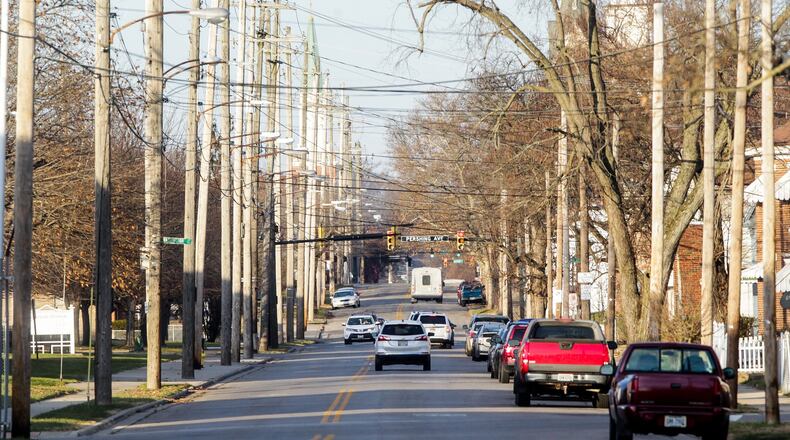“As I sit here and review everything that we’ve gone through, I’m looking for ways that the Second- and Fourth wards can tap into some growth,” said Harris, president of the South East Civic Association (SECA), which takes in both those areas. “And I’m looking at it from the standpoint of building a community.”
He said in the past 30 years, the Second- and Fourth wards have “continuously gone down. He said someone recently told him if they moved to Hamilton, they would not want to live in the Second Ward because “there are no stores, there’s just nothing there.”
In response to the request, Mayor Pat Moeller said he planned to attend SECA’s meeting at 6 p.m. Monday in the Booker T. Washington Community Center, 1140 S. Front St., to discuss the issue. The public is invited.
Moeller asked the men at that meeting to bring some ideas as to what their neighborhood group would like to see.
“I think there should be some partnership in here whereby we can identify the things that are going to make the Second and Fourth wards more aesthetic and attract businesses, so there are jobs for people there and we can grow those two wards along with the city,” Harris said.
He listed a long list of various businesses that occupied the Second Ward when he was growing up.
“With Spooky Nook coming in here, I want a piece of the rock,” Harris said. “I want to see the entire city be attractive.”
City Manager Joshua Smith noted the city recently opened a new park in the Fourth Ward’s Jefferson neighborhood, invested significantly in the BTW Center and in recent years lured Barclaycard to the Second Ward.
“The best way to do it should not really be a city function,” Smith said. “The city should be providing the assist, if you will, in helping, but it really needs to be generated by the neighborhoods. That is where the passion is, that is where the knowledge is, and that is where, really, I think it needs to come from.”
Kidd told city leaders: “There is a need there, and there’s money there. The people aren’t just sitting there and not eating. They have to come all the way up here (downtown) to get a sandwich, or get a piece of fish.”
In 2016, Smith said he hoped by late this year Hamilton would be able to create a redevelopment area along Central Avenue in the Second Ward and Pleasant Avenue in Lindenwald, but the money officials hoped to use for that work — revenues from investments in the High- and Main redevelopment projects — has been slow in coming. Miami University students recently created a redevelopment plan for Lindenwald.
Kidd noted the city has worked to bring businesses to High and Main streets, and argued Hamilton should do more for other areas.
Smith responded that restaurants and other businesses have been moving to High and Main streets because of attractive foot- and vehicle traffic: “They came because there’s about 2,000 people that work in the downtown Monday through Friday, and they knew they would have a business there.”
“If a restaurant came to us and said, ‘We want to be in the Second Ward,’ we would do everything in our power to help them,” Smith said. “But I’m guessing they’re probably thinking right now, ‘There’s no jobs down here that are going to bring customers in at the lunchtime crowd.’”
“Going back to 2011 and the city’s strategic-planning process, we needed one thing: We needed revenue to fund basic services,” Smith said. “Because we knew that with everything else that was happening in Hamilton, that if we could not sustain police, we could not sustain fire, we could not sustain public works…. Council said, ‘We need to get jobs.’”
“Well, if you look at a map of Hamilton, and said, ‘Where can we bring jobs into?’ Smith said. “It was very clear, at least in my mind, there were three areas: Enterprise Park, because we have 150 acres of empty land; downtown, because we had 1.6 million square feet of empty buildings; and University Commerce Park, because again, we own over 50 acres of empty land.”
Kidd called that an excellent decision, but argued now it’s time to diversify.
“There comes a time that, hey, let’s put a little 20 percent over here, and see what we can do over here to improve the environment there,” Kidd said.
About the Author
